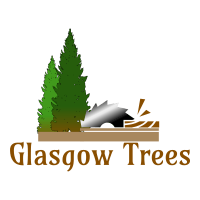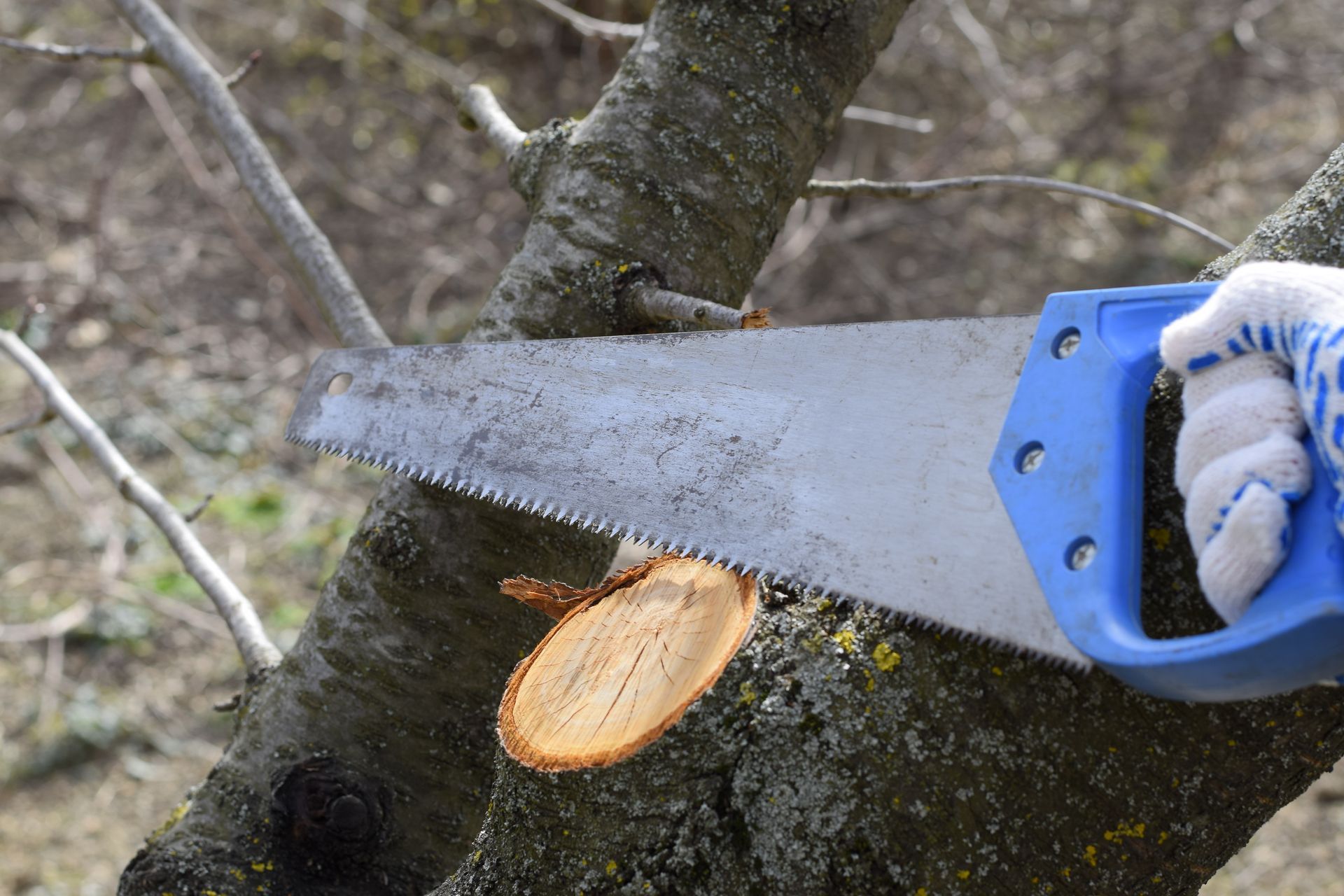Lorem ipsum dolor sit amet, consectetur.
Can Your Neighbour Cut Your Tree Without Permission in the UK? - Legal Guide
0141-483-7485
Can My Neighbour Cut My Tree Without Asking
In the UK, the rights and responsibilities concerning trees on private property are well-defined. Legally, your neighbour cannot cut down, damage, or remove any part of your tree without permission. If a tree is solely within your property boundaries, it belongs to you, and any actions taken towards it require your consent. However, there are exceptions to this rule. For instance, if branches overhang into a neighbour's property, they are permitted to trim the overhanging section back to the boundary line, provided it does not harm the overall health or stability of the tree. It's important to note that the removed branches and any fruit or flowers attached still legally belong to the owner of the tree, and therefore, should be offered back. Before taking any action, it is advisable for neighbours to communicate and seek agreement on how to handle any tree-related issues to avoid disputes and potential legal challenges.
Understanding Your Rights and Responsibilities
Navigating the rules surrounding trees on your property involves understanding both your rights and your responsibilities. In the UK, the law is clear that you have the right to enjoy and manage the trees within your property lines. This means making decisions on pruning, maintenance, and removal as you see fit. However, with ownership comes the responsibility to ensure that your trees do not pose a danger or nuisance to others. This includes keeping branches and roots from causing damage to neighbouring properties or public spaces. Additionally, certain types of trees may be protected under Tree Preservation Orders (TPOs) or conservation area restrictions, limiting what you can do without obtaining prior permission from the local council. Violating these regulations can lead to significant fines and legal action. Therefore, it's crucial to be aware of and comply with local tree protection statutes to avoid conflicts with the law and your neighbours.
How to Address Unauthorised Tree Cutting by Neighbours
If you discover that your neighbour has cut down or severely pruned your tree without permission, there are several steps you should consider to address the issue:
Document the Damage: Take photographs of the tree in question as soon as possible after noticing the damage. This documentation can be crucial in proving the extent and timing of the unauthorised action.
Approach Your Neighbour: Begin by discussing the situation with your neighbour directly. It's possible they were unaware of the legal requirements or the tree's boundary. A polite conversation can often resolve the matter amicably.
Seek Mediation: If a direct conversation doesn't lead to a satisfactory resolution, you might consider mediation. Many local councils and community organisations offer mediation services to help neighbours resolve disputes without taking legal action.
Report the Incident: If the tree was protected under a Tree Preservation Order (TPO) or located within a conservation area, you should report the unauthorised cutting to your local council. They have the authority to investigate and impose fines or other sanctions if necessary.
Consider Legal Action: As a last resort, you may need to consider legal action against your neighbour. Consult with a solicitor who specialises in property or environmental law to understand your options and the likelihood of success.
Remember, maintaining a good relationship with your neighbour is beneficial, so it's important to approach any disputes with a view to achieving a peaceful resolution wherever possible. However, protecting your property rights is also important, and there are clear steps you can take if you find yourself dealing with unauthorised tree cutting.
Preventive Measures to Protect Your Trees
Taking proactive steps to safeguard your trees can prevent disputes with neighbours and ensure the health and longevity of your green assets. Here are several effective preventive measures to consider:
Know Your Boundaries: Ensure you have a clear understanding of your property boundaries. Consider a professional survey if necessary to avoid any ambiguities about where your land ends and your neighbours’ begin. This clarity can prevent boundary-related tree disputes.
Communicate: Share plans with your neighbours regarding any significant work you intend to do with your trees, especially if there's a possibility of overhanging branches. Open communication can foster good relations and prevent misunderstandings or conflicts.
Regular Maintenance: Conduct regular inspections and maintenance of your trees. This includes pruning to manage the size and remove potentially dangerous overhanging branches in a manner that does not harm the tree. Well-maintained trees are less likely to cause disputes. If you contact a local tree surgeon to help and offer professional advice in this matter.
Know the Law and Your Rights: Familiarise yourself with local laws concerning tree preservation orders (TPOs) and conservation area restrictions. Understanding your legal responsibilities and rights can help you make informed decisions and protect your trees legally.
Plant with Care: When planting new trees, consider their full-grown size and potential impact on neighbouring properties. Opt for species that are less likely to cause disputes due to overgrowth or root invasion.
Erect Signs: In cases of repeated trespass or where there is a significant risk of unauthorised cutting, consider erecting polite but clear signs on your property, alerting others to the presence of protected trees or reminding them of legal boundaries.
Seek Expert Advice: For valuable or protected trees, consulting with an arborist can provide guidance on care, potential risks, and how to manage your trees within legal requirements. They can also document the health and status of your trees, which can be valuable in any future disputes.
By implementing these measures, you can help protect your trees, reduce the likelihood of disputes with neighbours, and ensure your property's natural beauty and value are preserved for years to come.
When to Seek Legal Advice Over Tree Disputes
There are specific scenarios when it becomes imperative to seek legal advice regarding disputes over trees. These include situations where dialogue, mediation, or reporting to local authorities does not yield a satisfactory resolution. Legal advice should be sought if:
Your Rights Are Being Violated: If you believe that your legal rights pertaining to your property and trees are being infringed upon by a neighbour's actions, consulting a solicitor can help clarify your rights and the next steps.
There’s Damage to Your Property: If a neighbour's tree causes damage to your property, or if your property is damaged as a result of unauthorised tree cutting or pruning by a neighbour, legal intervention may be required to seek compensation or a resolution.
Dispute Involves a Protected Tree: If the dispute concerns a tree that is subject to a Tree Preservation Order (TPO) or located within a conservation area and has been cut down or damaged without permission, the situation typically requires legal scrutiny due to the potential for prosecution.
Boundary Disputes: Discrepancies over the precise location of property lines can complicate tree disputes. Legal advice can help resolve such boundary issues, especially when trees are located at or near the boundary.
No Resolution Through Mediation: If mediation or direct communication with your neighbour does not resolve the issue, a solicitor can guide you through the next legal steps to protect your interests.
Pre-emptive Advice for Risk Mitigation: In some instances, seeking legal advice before taking any action—especially if you plan to prune or remove a tree that could potentially affect your neighbours or if you anticipate disputes—can prevent legal issues down the line.
Engaging a solicitor who specialises in property or environmental law can offer clarity, ensure compliance with local regulations, and represent your interests effectively in disputes over tree management and property rights.
Past Examples of Resolving Tree Disputes
Throughout the years, there have been numerous instances where tree disputes between neighbours escalated to require legal intervention, each bringing its unique set of challenges and lessons. For example, a landmark case involved a homeowner whose property was severely damaged by the roots of a neighbour's ancient oak tree. The case, which went through various levels of the court system, highlighted the importance of understanding the impact of tree roots and the responsibility of tree owners to prevent damage to adjacent properties.
Another noteworthy case revolved around a homeowner who trimmed the branches of a neighbour’s tree that were overhanging their property without seeking permission. This led to a legal battle over the rights to trim branches that cross property lines and the extent to which one can take actions into their own hands. The resolution of this case emphasized the critical role of communication between neighbours and adherence to local laws regarding tree pruning and property rights.
These examples underscore the complexity of tree disputes and the necessity for a clear understanding of both legal rights and the importance of maintaining positive relations with neighbours. By learning from past disputes, homeowners can better strategize on how to approach conflicts, whether through amicable discussion, mediation, or as a last resort, legal action.
Final Thoughts on the subject
In the labyrinth of interactions between neighbours, tree disputes stand out as a common yet deeply personal concern, often reflecting broader issues of respect, property rights, and environmental stewardship. The cases discussed herein, alongside the suggested preventative measures, illuminate the path towards harmonious coexistence. It's a reminder that trees, in their silent majesty, should be a source of shared joy rather than conflict. The essence of resolving tree disputes lies in fostering a culture of communication, respect, and mutual understanding. By prioritising dialogue and seeking expert and legal advice when necessary, neighbours can navigate the delicate balance between personal rights and community responsibilities. Ultimately, the goal should be to preserve the natural beauty and health of our shared environments, ensuring they thrive for generations to come.
If you would like to ask any more questions about "Can Your Neighbour Cut Your Tree Without Permission in the UK?" for either your residential or commercial property, or you need help concerning any other type of tree services in Glasgow, then please call to arrange a free consultation to discuss and book an appointment with our professional team of tree surgeons and arborists.
Glasgow Trees

CONTACT
Glasgow Trees Clyde Offices 2nd Floor
48 West George Street
Glasgow G2 1BP, Scotland, UK.
Email: glasgowtrees@gmail.com
Tel:
0141-483-7485
QUICK LINKS
QUICK LINKS
Copyright © 2024 Glasgow Trees


